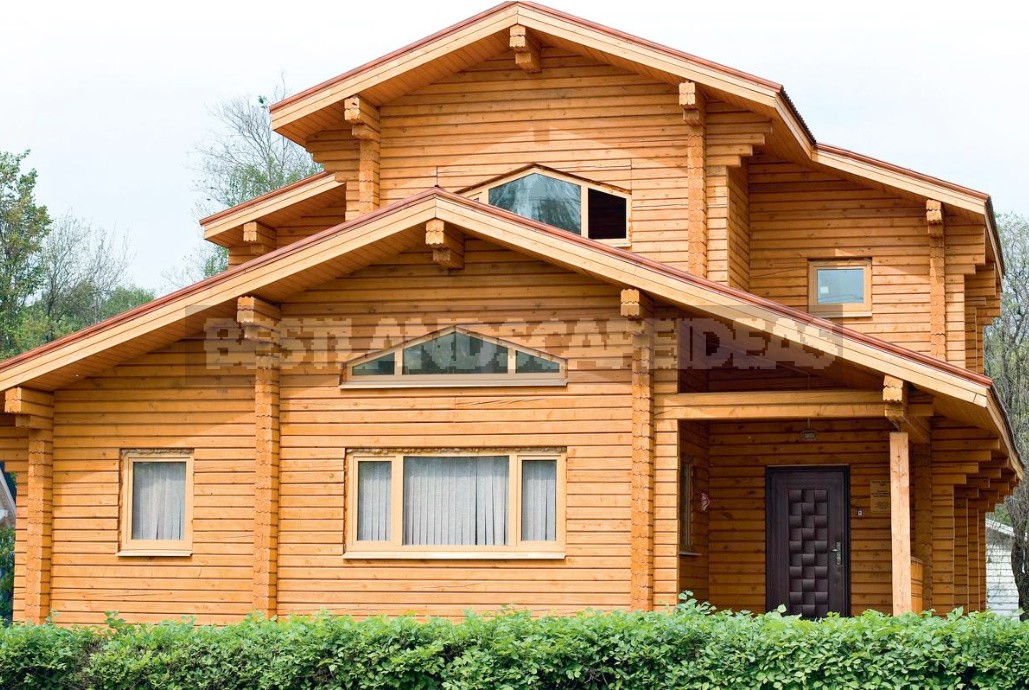
I’ve been wanting to hear “death watch”for a long time. This is what superstitious people called quiet rhythmic sounds, similar to the sound of a pendulum and sometimes heard inside old wooden buildings or wooden furniture. Without knowing the reasons for their origin, our ancestors gave them a mystical meaning and believed that such a “ticking clock” foreshadows someone’s imminent death.
“Hours of death”is the language of communication of insects, namely wood-grinding beetles. You can find them quite often, for example, in cottages or in rural wooden houses and buildings. They are also found in city apartments, where they can be brought with infected building materials and Antiques.
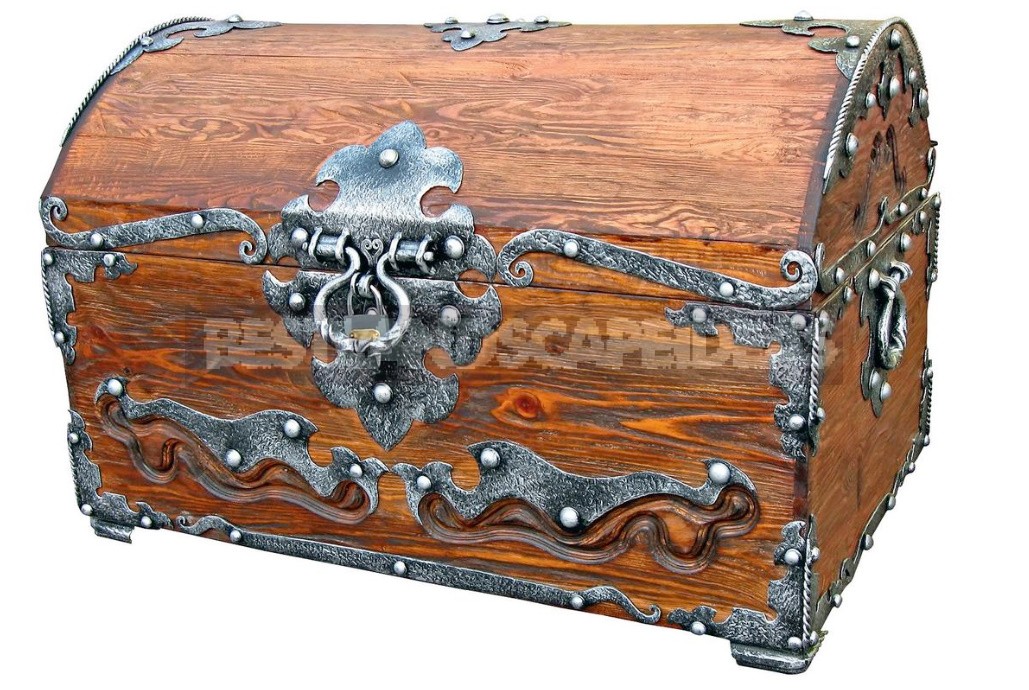
And that’s when the “clock of death” begins to measure the life of furniture, musical instruments and other wooden objects, and if the house is also built of wood, then the walls, floor, ceiling.
When strongly infected with grinders, the wood looks fine-perforated from the outside, and from the inside — worn out in various directions by narrow passages.
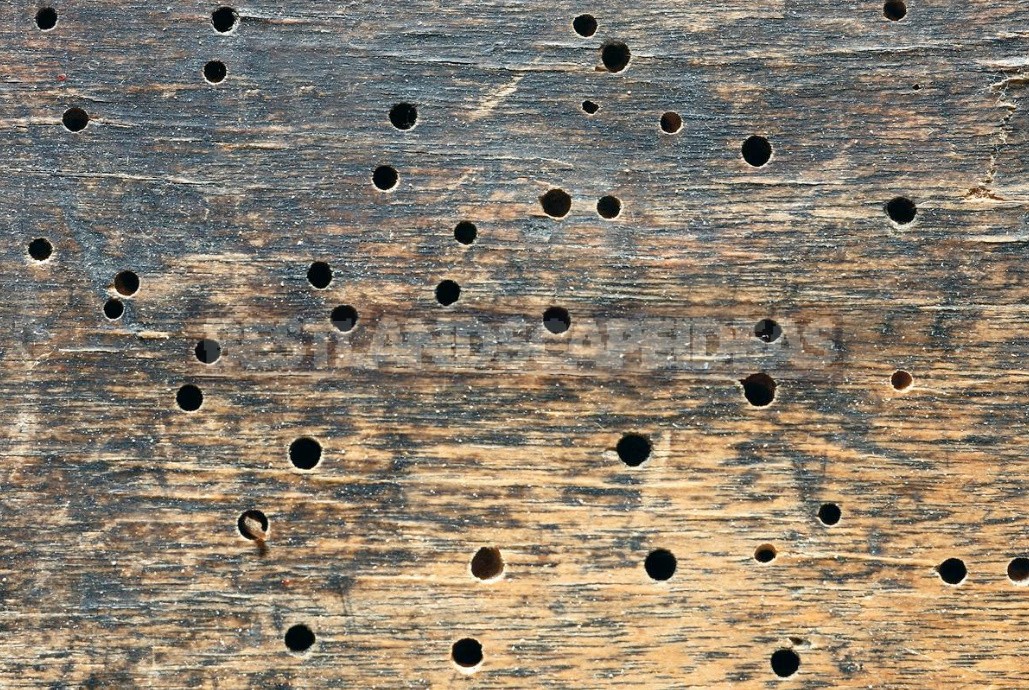
Under the flight holes usually accumulate piles of small sawdust-drilling flour.
The grinder’s song
Sharpener beetles that develop in wood have a cylindrical body with a small head pointing down and covered with a protruding pronotum. This is an ideal form for living in narrow passages and for … making signals. When the male beetle is sitting in its course, it bangs its head against the wall, telling the other beetles that this territory is already occupied, and calling the female to it, and we hear the sounds accompanying these blows.
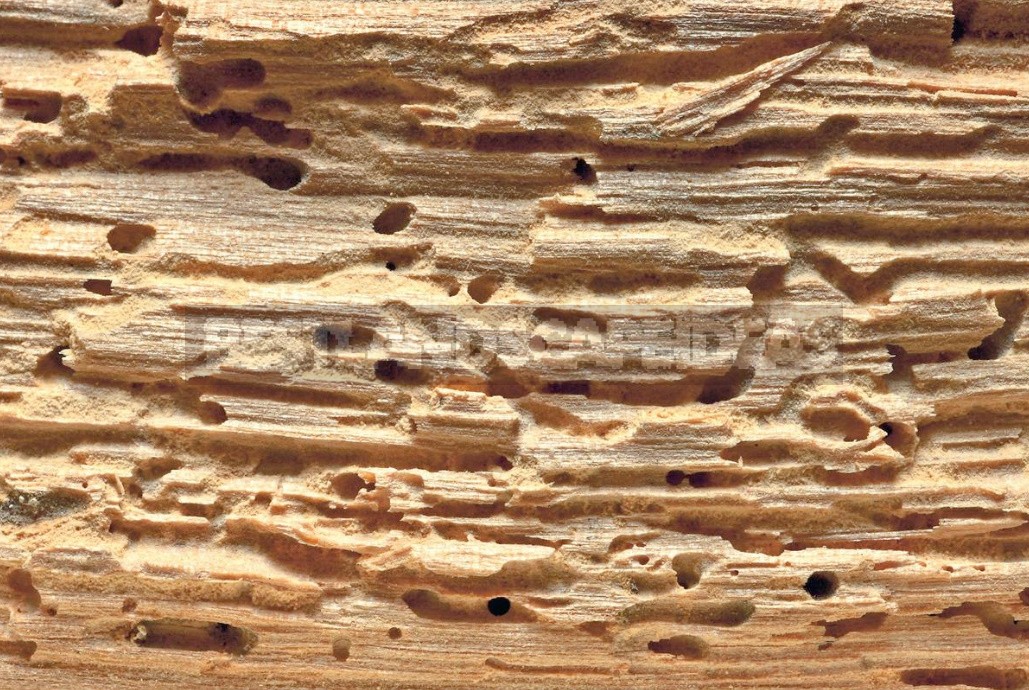
I have heard such a song. I did at first mistake the grinder’s signal for the ticking of a clock, so plausible was the sound! It suddenly appeared near my ear, lasted about 10-15 seconds and, gradually slowing down, fell silent for a long time. The sound was fairly quiet and fast (about 4-5 beats per second), but each beat was clearly audible in the dark, like the pendulum of a wristwatch. Every time I touched the Wallpaper, the beetle responded by going silent for a long time.
Biology of beetles
Grinder beetles belong to the family Anobiidae, which includes more than 1,700 species distributed on all five continents. The English and German names of these beetles (“deathwatch beetles” and “Totenuhr” – “death clock”) reflect their ability to make ticking sounds. The average length of beetles is from 2 to 9 mm. The disturbed beetle tucks its legs and antennae under it, pretending to be dead.
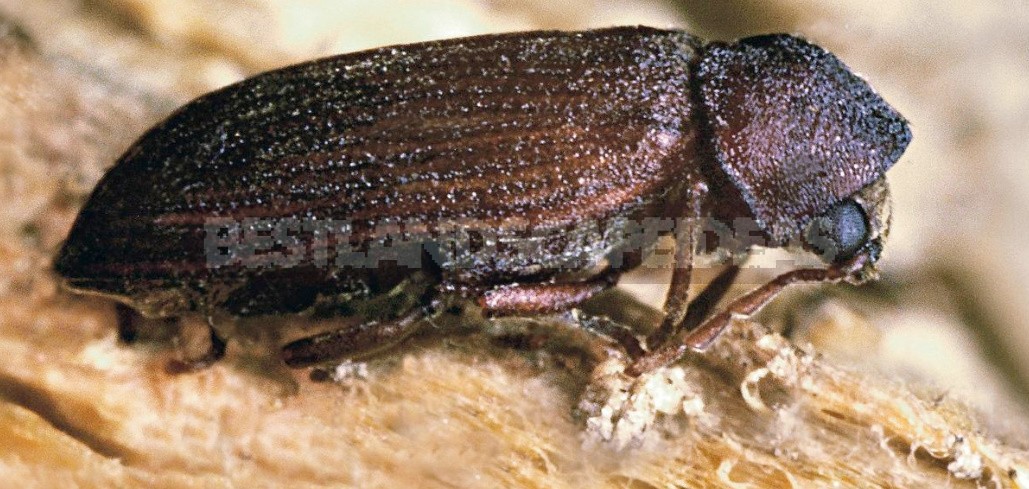
The definition of “harmful insect” is not quite correct. Beetles-grinders in fact-orderlies, utilizers of dead wood, which is their home and food. But we started building houses and making furniture out of such wood, which actually provoked a conflict of interests.
Mass flight of adult beetles usually occurs in may-June, although there may be calendar shifts due to weather and other conditions. Female grinders lay eggs in the cracks of wooden floors, window frames, baseboards, walls of wooden houses, on unpainted, rough parts of furniture, in old flight holes, but the beetles avoid smooth and polished surfaces, as well as fresh wood.
The larvae that emerge from the eggs push through the longitudinal passages in all directions, tightly clogging them with pieces of wood and excrement. At the end of these moves, the larvae pupate. During this period, the pupa is separated from the outside world only by a very thin layer of wood,which will be chewed through by the young beetle to get out. The development cycle lasts from six months to three years, depending on temperature and humidity.
Diagnosis of infection
The main damage from these beetles is caused by larvae that destroy the inner parts of the wood and do not touch the outer layer. Damaged wood is difficult to detect at first, and only when adult beetles emerge, when flying holes appear on it, does the extent of the damage become clear. The development period from egg to adult insect takes several years, and during this time, with a large number of larvae, the tree can be eroded, as they say, into the dust.

It is difficult to detect bugs that damage wood, but it is still possible. Their presence is indicated by the presence of flight holes and drill flour near them, as well as movement and vibration inside the wood.
To hear bugs, you can use a medical hearing aid – a stethoscope. Leaning the sensor against a flat area of a wooden object, you can hear in silence how larvae move and gnaw the wood, as well as adult beetles emit their signals.
Prevention and control of grinders
The fight against grinders is difficult, so it is important to take preventive measures to prevent beetles from infesting the wood.
To prevent infection, plaster, painting, processing of polished surfaces and parquet with special compositions will help, as well as the exclusion of objects infected with the grinder from entering the house.
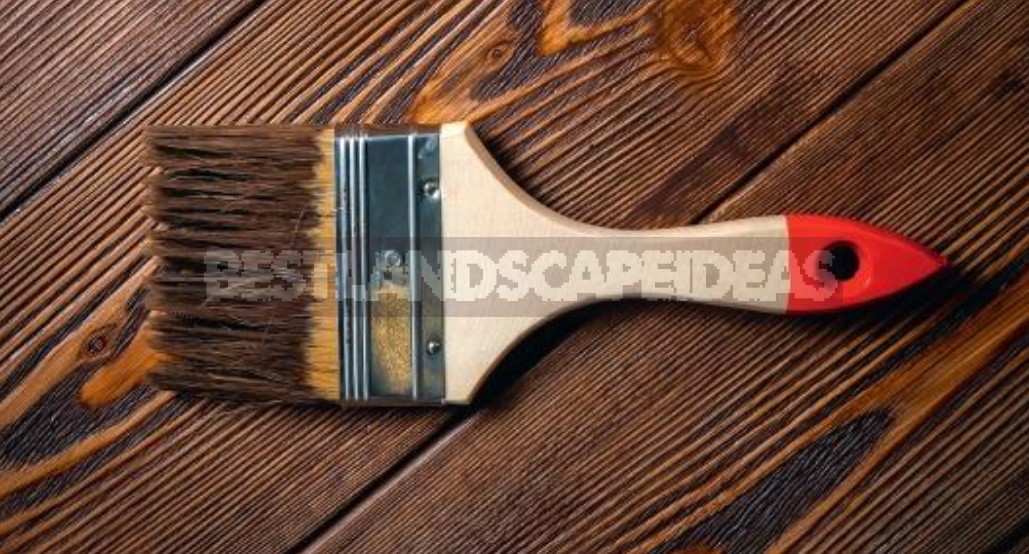
Use for the construction of uninfected wood. It should be pre-treated with 2-2’5% aqueous solution of sodium fluoride or silicofluoride or 7-10% solution of table salt.
If you can not avoid the trouble, then the extermination measures are reduced to the treatment of infected wood with chemical compounds — for example, the same fluoride or sodium silicofluoride.
It is also practiced to inject a solution consisting of 3 parts of turpentine and 1 part of kerosene with a syringe into each flight hole.
In special cases in case of severe infestations, fumigation is carried out — processing the pairs of toluene with dichlorvos. However, before carrying out such works, in order not to get poisoned yourself, you need to consult with specialists. From household chemical insecticides, they recommend using at least one or more of the following substances: sodium fluoride, sodium silicofluoride, chlorophos, dichlophos, copper vitriol, ammonium silicofluoride, potassium bichromate.

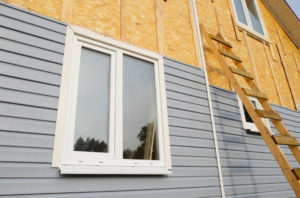


Leave a Reply